Forthcoming changes to solar incentives in China are driving short-term demand and tightening supply, according to Taiwan-based consultancy TrendForce.
Earlier this year, the Chinese government announced new solar and renewable energy pricing regulations that will eliminate fixed feed-in tariffs for solar installations starting in June.
Analysts expect the policy shift to trigger a surge in installations, particularly for distributed solar systems. TrendForce said this short-term demand spike will create a “moderate demand peak” in March and April, peaking in the second quarter and pushing prices higher across the solar supply chain.
The firm’s analysis found that the installation boom in distributed generation has significantly increased module demand, prompting distributors to stockpile.
Average module prices stand at CNY 0.70 ($0.096)/W, with top-tier suppliers pricing as high as CNY 0.73/W.
While prices remain well-supported for now, TrendForce expects demand to drop sharply after the installation rush ends. It projects “intense competition” in the third quarter will likely push module prices back down to CNY 0.70/W or lower.
Rising module prices have also lifted solar cell prices, TrendForce said. The firm said it expects M10L tunnel oxide passivated contact (TOPCon) and G12 TOPCon cell prices to rise by nearly 1.7% month-over-month in April, while G12R TOPCon could see a 6.67% increase.
TrendForce predicts this upward trend will start reversing in May, with intensifying competition driving price declines through the third quarter.
Solar wafer prices are following a similar trajectory, with April prices projected to climb more than 3.5% month over month before dropping sharply in the third quarter as demand falls.
Polysilicon prices are also set to rise into the second quarter, with TrendForce forecasting CNY 45/kg. However, the firm expects a significant contraction in demand in the third quarter once the installation surge subsides.
“Since electricity costs account for about 30% of raw material manufacturing, producers are likely to increase production during the summer hydroelectric season to take advantage of cheaper electricity,” TrendForce said. “This could potentially lead to oversupply and downward pressure on prices.”
This content is protected by copyright and may not be reused. If you want to cooperate with us and would like to reuse some of our content, please contact: editors@pv-magazine.com.

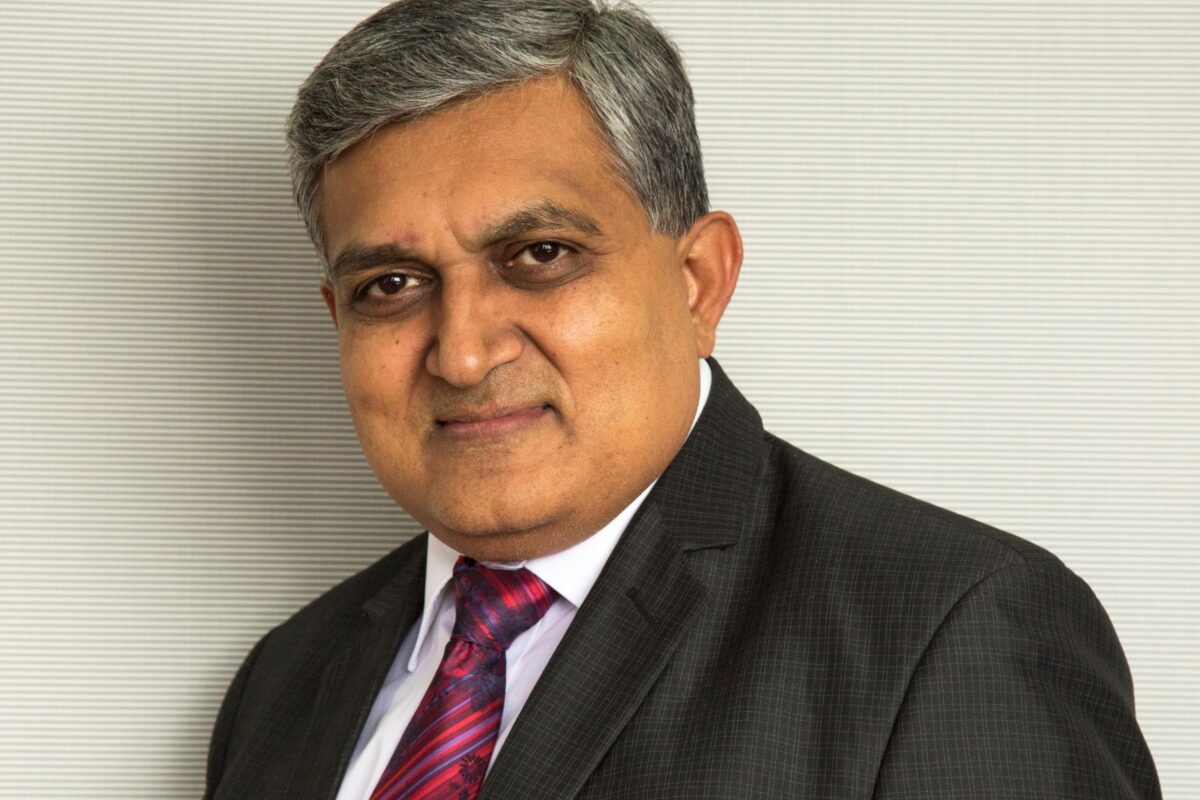

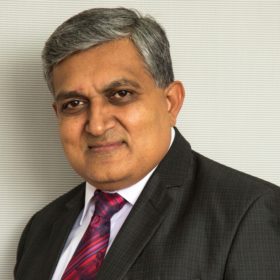

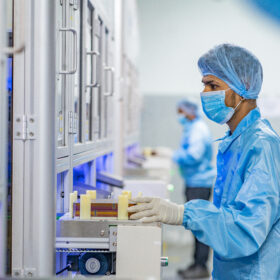
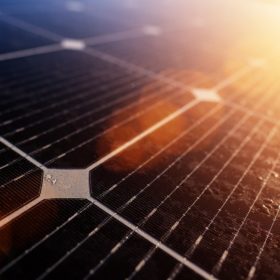
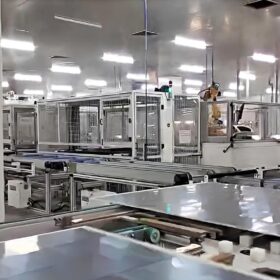
By submitting this form you agree to pv magazine using your data for the purposes of publishing your comment.
Your personal data will only be disclosed or otherwise transmitted to third parties for the purposes of spam filtering or if this is necessary for technical maintenance of the website. Any other transfer to third parties will not take place unless this is justified on the basis of applicable data protection regulations or if pv magazine is legally obliged to do so.
You may revoke this consent at any time with effect for the future, in which case your personal data will be deleted immediately. Otherwise, your data will be deleted if pv magazine has processed your request or the purpose of data storage is fulfilled.
Further information on data privacy can be found in our Data Protection Policy.